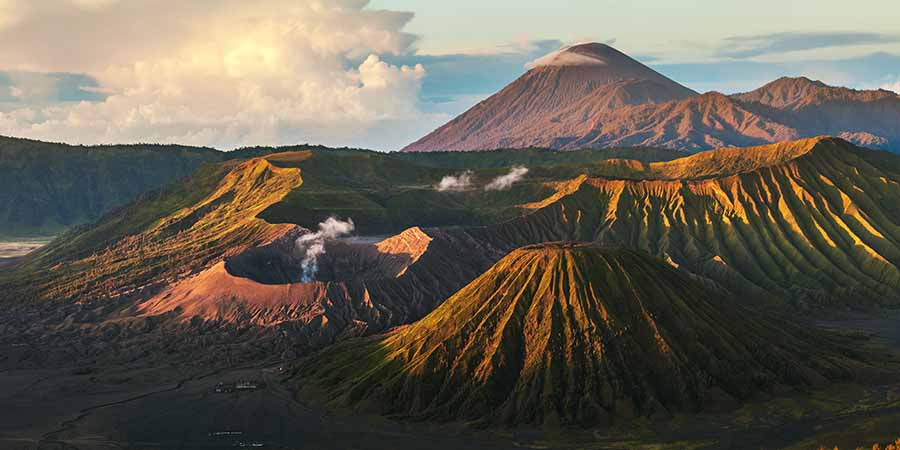Your Cart is Empty
Menu


Java Coffee
March 29, 2019 3 min read
Java Coffee
What is Java Coffee?
Java Coffee comes from the Island of Java. Coffee trees thrived on certain islands in Indonesia, Sumatra, Sulawesi, and Java. The capital, Batavia, now known as Jakarta, was located on the main island of Java. Boatloads of sacks of coffee left from Java, and of course the bags were stamped with the word Java so the words Java and Coffee became synonymous.
What is the Birthplace of Coffee?
If it was the late 1500's and you were looking for coffee, Ethiopia was the place to find coffee growing in the wild. This wild coffee tree grew a coffee cherry, that farmers picked to be sun-dried and washed. Once the cherry was dried, the green seed was roasted over high heat to become a brown seed which was then ground and mixed with hot water to make delicious coffee. Everyone was interested in the best way to monetize the coffee tree and coffee production.
Brilliant Arab Traders took coffee trees back with them to Yemen. The Yemen Coffee trade grew from these coffee trees and the coffee trade flourished to the point that if anyone was caught transporting a coffee seedling or tree out of Yemen they were put to death.
How Did Coffee Get to Batavia, today known as Jakarta?
The Dutch brought coffee to Batavia, now known as Jakarta, from Yemen. The Dutch were extremely busy traveling the world being marvelous merchants and shrewd traders. The Dutch merchants and traders were also brave because they decided to steal a few coffee trees out of Yemen for the Dutch East India Company. If they had been caught stealing the coffee trees out of Yemen they would have been put to death.
Who Developed the Coffee Trade from Batavia to the Netherlands?
Adrian Van Ommen, commander of Malabar, sent the first Arabian coffee seedlings to Java in 1696. These coffee seedlings were destroyed by a flood but were followed in 1699 by a second shipment of coffee seedlings, from which developed the coffee trade of the Dutch East India Company and made Java coffee a household word in every civilized country.
The history of Dutch Coffee begins with the first export of green coffee beans was sent from Java to Europe by the Dutch East India Company and was received at Amsterdam in 1711. The shipment consisted of 894 pounds from the Batavia plantations and from the interior of the island. At the first public auction, this coffee brought twenty-three and two-thirds stuivers (about forty-seven cents) per Amsterdam pound. Within 10 years, exports rose to 60 tons per year. Java was the first place, outside of Arabia and Ethiopia, where coffee was widely cultivated. VOC (Dutch East India Company Dutch: Vereenigde Oostindische Compagnie) monopolized world coffee trading from 1725 to 1780. This coffee is the true Java part of the famous Mocha Java Coffee Blend. It is produced in an area of Western Java in the mountains west of the city of Bandung called Preanger.
Who Else Brought Coffee to New Lands?
"Missionaries and travelers, traders and colonists continued to carry coffee seeds to new lands, and coffee trees were planted worldwide. Plantations were established in magnificent tropical forests and on rugged mountain highlands. Some crops flourished, while others were short-lived. New nations were established on coffee economies. Fortunes were made and lost. By the end of the 18th century, coffee had become one of the world's most profitable export crops. After crude oil, coffee is the most sought commodity in the world." National Coffee Association (Follow them on Twitter @nationalcoffee)
http://www.ncausa.org/about-coffee
We decided to offer a Java Coffee. If you love coffee, and you love our coffee, try some because we have limited quantities.
Indonesian Coffee A Brief Tale of Java
Dutch Coffee and the History of Coffee in the Netherlands